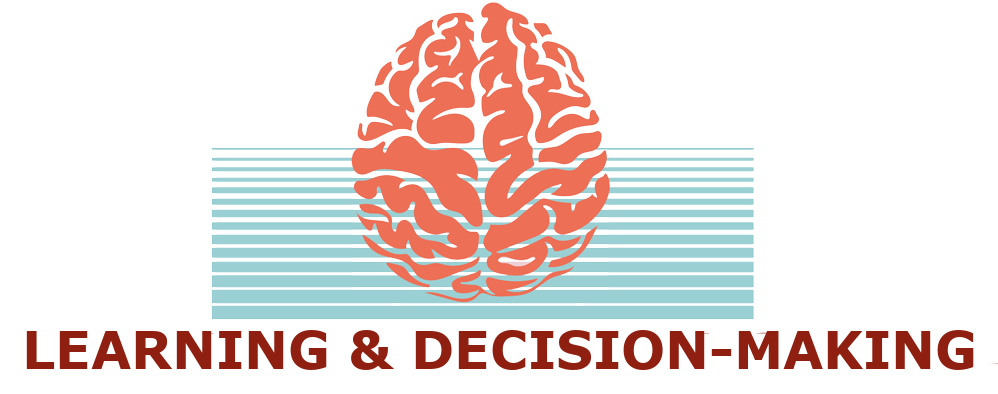Preprint ‘Adaptive suppression of motivational biases increases with mood/anxiety traits’ is out now!
Vanessa Scholz, Johannes Algermissen, Mojtaba Rostami Kandroodi, Claire Gillan, and Hanneke den Ouden have investigated how Pavlovian/motivational biases are associated with transdiagnostic, psychiatric symptom dimensions, in an online sample.
Pavlovian biases reveal the seemingly hardwired coupling between the valence of prospective outcomes and actions: we react ("Go") towards rewards, but freeze ("NoGo") facing punishments. Aberrantly strong (or weak) biases have been reported in addiction, depression, anxiety, and more. But so far, this hasn't been studied in a large, well-powered sample, and it's unclear whether biases are linked to a specific symptom dimension. We collected data from N = 500 people playing the Motivational Go/NoGo Task online and completing psychiatric questionnaires.
We replicated a (by now well-established) 3-factor solution first described by Claire Gillan with separate factors for anxiety-depression (AD), compulsion and intrusive thoughts (CIT), and social withdrawal (SW). AD and CIT loaded differently on behaviour: While CIT was associated with worse performance, AD was correlated with better performance, particularly on the (difficult) incongruent trials! Also, people scoring high on AD had slower RTs, looking like increased cognitive control.
These effects were best captured by a new computational learning model in which participants learn to flexibly recruit cognitive control to suppress Pavlovian biases in situations in which this is not helpful. This model had particular good fit in individuals scoring high on AD! So, it looks like people with higher AD symptoms recruit more effort to suppress their biases, which might be good in this task, but maybe not adaptive (and really exhausting) in everyday life?
Read the full preprint here!
